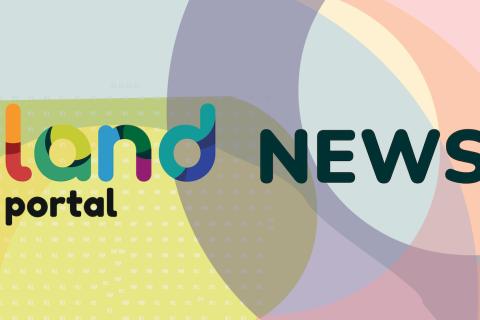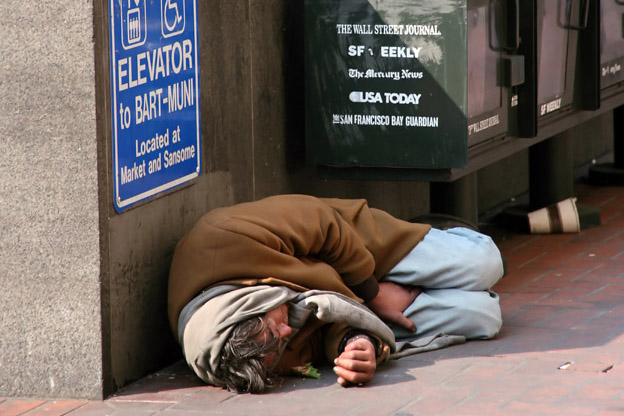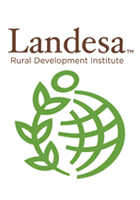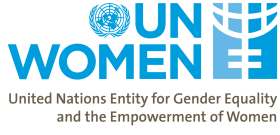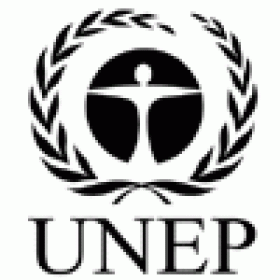
(a) Proportion of total agricultural population with ownership or secure rights over agricultural land, by sex; (b) share of women among owners or rights-bearers of agricultural land, by type of tenure
Last updated on 1 February 2022
This indicator is currently classified as Tier II. The Food and Agriculture Organization of the United Nations (FAO) is the main Custodian agency. UN Women, the United Nations Statistics Division, the World Bank, United Nations Environment Programme (UNEP), and UN-Habitat are partner agencies.
Unit of measure: Proportion of total agricultural population with ownership or secure tenure rights over agricultural land, by sex; share of women among owners or rights-bearers of agricultural land, by type of tenure
Why is this indicator important?
The empowerment of women and girls and the realization of gender equality are pivotal in achieving sustainable development, peace, food security, and other benefits for communities and societies at large. For rural women in particular, rights and access to land are needed to secure food and income for families, and to make women's voices count in community decision-making.
SDG indicator 5.a.1 monitors ownership and rights over agricultural land and is useful in profiling gender differences in agricultural land ownership and control in the sense of being able to sell or bequeath land, for example. As such, it allows to measure gender inequalities in agricultural land ownership and control. An increase in the percentage of women who own and/or control agricultural land indicates that progress is made towards achieving equal rights to land among men and women.
How is the indicator measured and monitored?
According to the metadata document, data collection draws on agricultural surveys and censuses or national household surveys. The indicator uses the agricultural population as a denominator with emphasis on the adult population living in households that have practiced agriculture over the last 12 months. This allows to capture agricultural households even if interviewed off-season. As of late 2021, ten countries have reported their official data on indicator 5.a.1.
In collaboration with UN-Habitat and the World Bank, FAO developed a joint methodology for the indicators 1.4.2 and 5.a.1 to facilitate efficient and cross-country comparable data collection. More information and additional data relating to indicator 5.a.1 such as the distribution of agricultural holders (by sex), distribution of agricultural land area owned (by sex), distribution of agricultural land value owned (by sex) is disseminated through FAO’s Gender and Land Rights Database. Disaggregated data by tenure type shall receive more attention in future reporting.
By Anne Hennings, peer-reviewed by Everlyne Nairesiae, GLII Coordinator at the Global Land Indicators Initiative (GLII) at GLTN, Un-Habitat and Clinton Omusula, Land Data and Knowledge Management Specialist at the Global Land Indicators Initiative (GLII) at GLTN, UN-Habitat and by FAO.
Official indicator data
The two sub-indicators measure how prevalent ownership or secure rights over agricultural land are in the reference population as well as the share of women among owners or rights-bearers. * Select "year" below to see the most recent data for more countries. ** To refresh the map with other official data, use the "Select an indicator" field. Type in the other indicators titles, as given in the table below.
Other related indicators on Land Portal
In addition to the official indicator data, the following indicators provide information concerning women’s tenure security, land rights, and access to land.
| Indicator | Min-Max Number of years |
Countries / Obs | Min / Max Value |
|---|---|---|---|
| Distribution of agricultural land area owned by sex (female - share%) | |||
| Formal recognition of women's right | |||
| Women's property rights are recorded (i) urban (ii) rural | |||
| 2016 - Women's property rights to land are equal to men's (i) in law and (ii) in practice |
Joan Carling is the winner of the Champions of the Earth Award, for lifetime achievement
Joan Carling is an indigenous rights activist and environmental defender from the Philippines. She has been defending land rights from grassroots to international levels for more than 20 years. Her main concerns include protection of land rights of indigenous peoples, ensuring sustainable development of natural resources and upholding human rights of marginalized people. She has actively participated in global processes to defend these concerns, including those related to the UN Framework Convention on Climate Change and REDD+.
South Africa launches women empowerment project at Mgobodi
As part of Women's Month and the centenary of Mama Albertina Sisulu, the Department of Social Development will today launch a women empowerment project at Mawewe Tribal Authority in Mgobodi village, Mpumalanga.
The project aims to empower and secure the livelihoods and rights of women living in rural areas, in the context of sustainable development goals and the current national discourse on women's rights to equitable access to productive land in South Africa.
World Facing ‘Moment of Opportunity’ to End Violence against Women, Third Committee Hears amid Calls for Gender Equality in Politics
The world is at a “moment of opportunity” in eliminating violence against women and girls, UN-Women Deputy Executive Director Åsa Regnér told the Third Committee (Social, Humanitarian and Cultural) today, calling for “unqualified” support for a strengthened feminist movement.
Securing rights of indigenous peoples and local communities may curb global warming
We cannot restore tropical forests without restoring the rights of their traditional owners.
Implementing a coordinated global response to curb demand for energy and eliminate further deforestation would reduce the need to deploy artificial carbon dioxide removal technologies, according to a decisive report from the U.N. scientific panel on climate change.
Paginação
The SDGs – a paradigm shift towards more equality
The Sustainable Development Goals differ radically from the current Millennium Development Goals in many aspects. Our author demonstrates the challenges that departing from a donor-oriented development framework poses – particularly for the North, and also with a view to its own development.
Gender and Development Mainstreaming : Country Gender Assessment 2012, Philippines
Just as development means less poverty
or better access to justice, it also means fewer gaps in
wellbeing between males and females. Women's
empowerment and gender equality are development objectives
in their own right, as embodied in the Millennium
More than Mainstreaming : Promoting Gender Equality and Empowering Women through Post-Disaster Reconstruction
The Multi Donor Fund for Aceh and Nias
(MDF) and the Java Reconstruction Fund (JRF) have played
significant roles in the remarkable recovery of Aceh, Nias
and Java, following some of the worst disasters in Indonesia
in recent years. The MDF and the JRF, which is patterned
Decomposition of Gender Differentials in Agricultural Productivity in Ethiopia
This paper employs decomposition methods
to analyze differences in agricultural productivity between
male and female land managers in Ethiopia. It employs data
from the 2011-2012 Ethiopian Rural Socioeconomic Survey. An
overall 23.4 percent gender differential in agricultural
ENSURING AND PROTECTING THE LAND LEASING RIGHT OF POOR WOMEN IN INDIA
March 2014 – This paper critically examines how lease farming can be a viable livelihood option for landless rural poor, especially women in India. In the absence of land ownership and education, the majority of landless and semi-landless rural women are engaged as low wage agricultural labourers and remain trapped in poverty and indebtedness.
Paginação
![]()

Undertake reforms to give women equal rights to economic resources, as well as access to ownership and control over land and other forms of property, financial services, inheritance and natural resources, in accordance with national laws
Indicator details
The indicator is conceptually clear, has an internationally established methodology and standards are available, but data is not regularly produced by countries.
Key dates:


